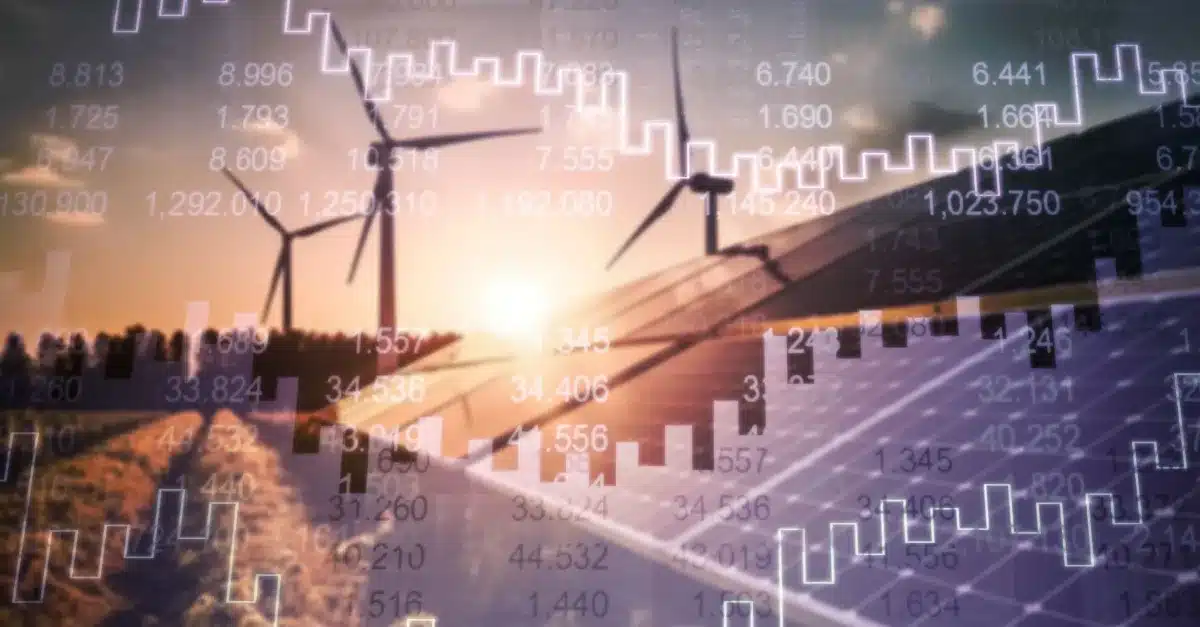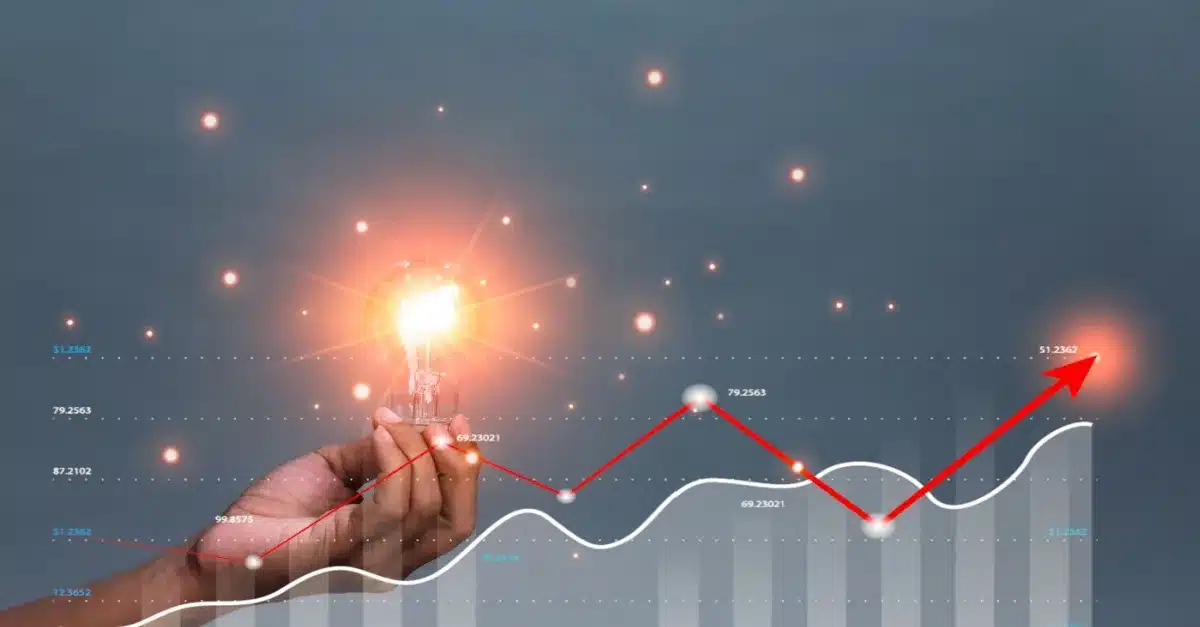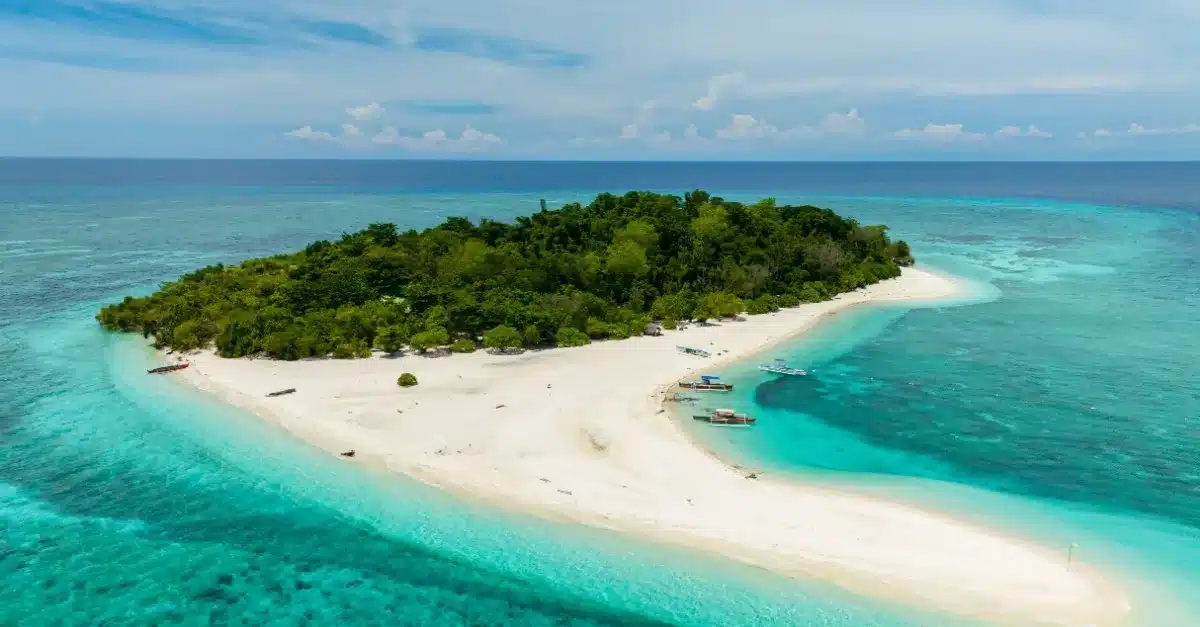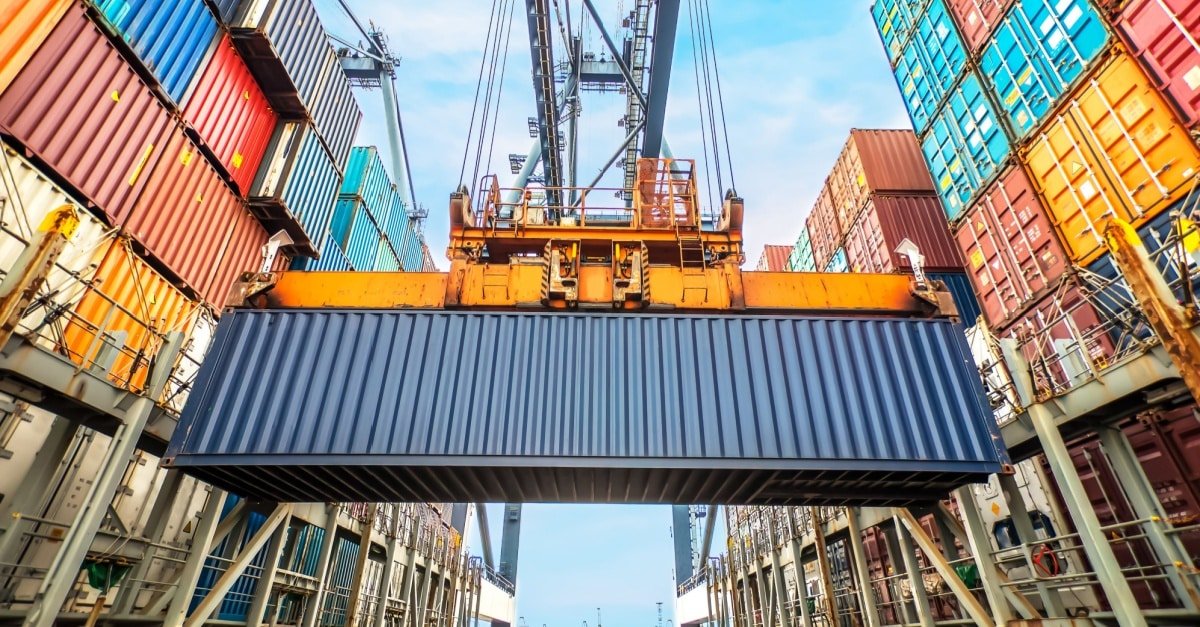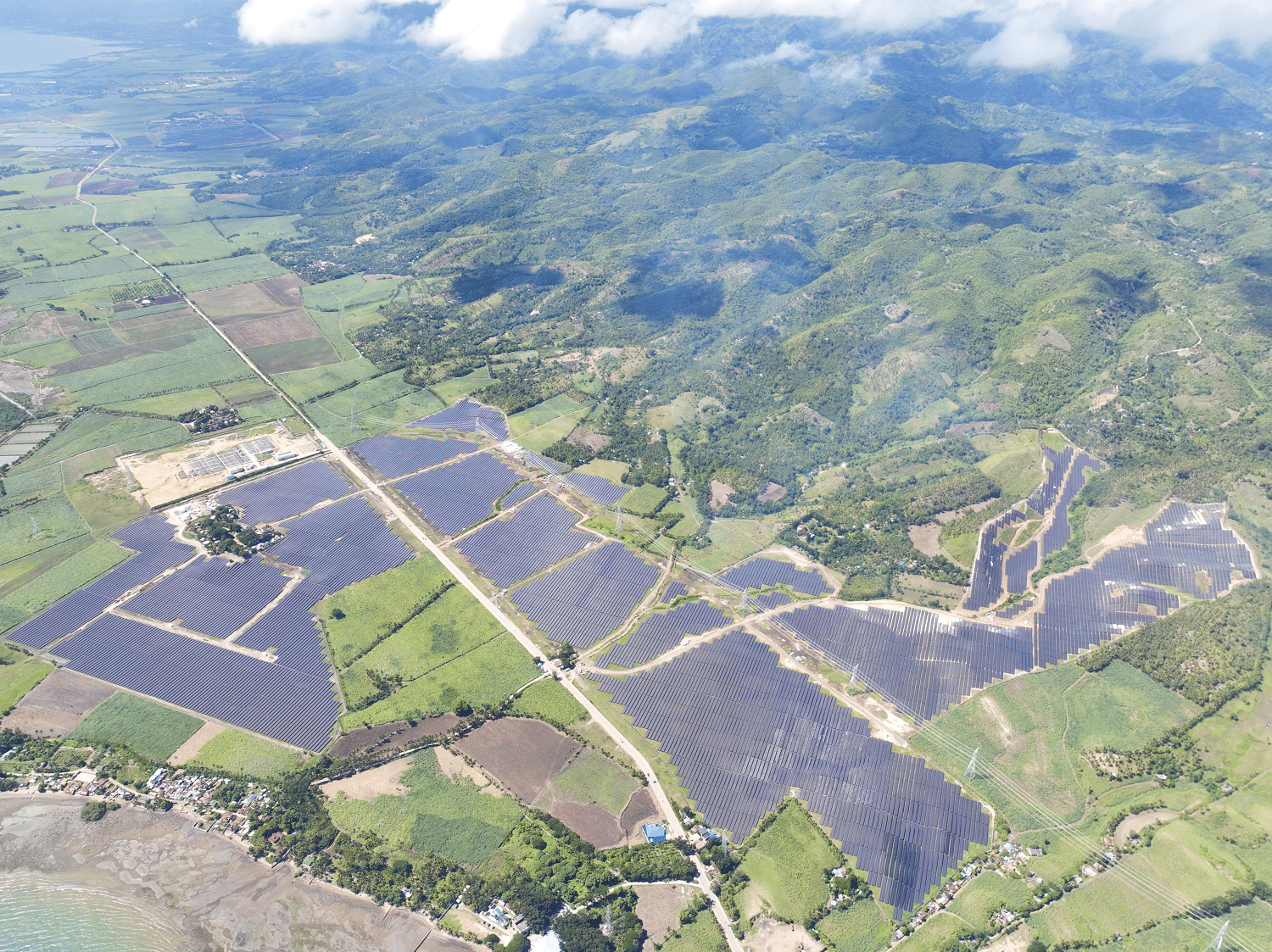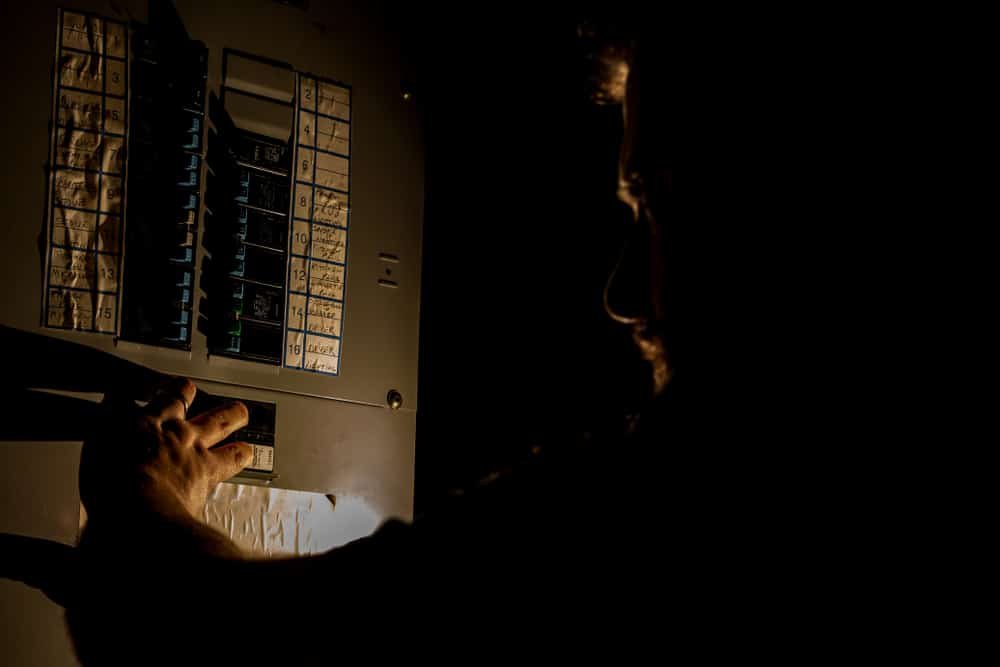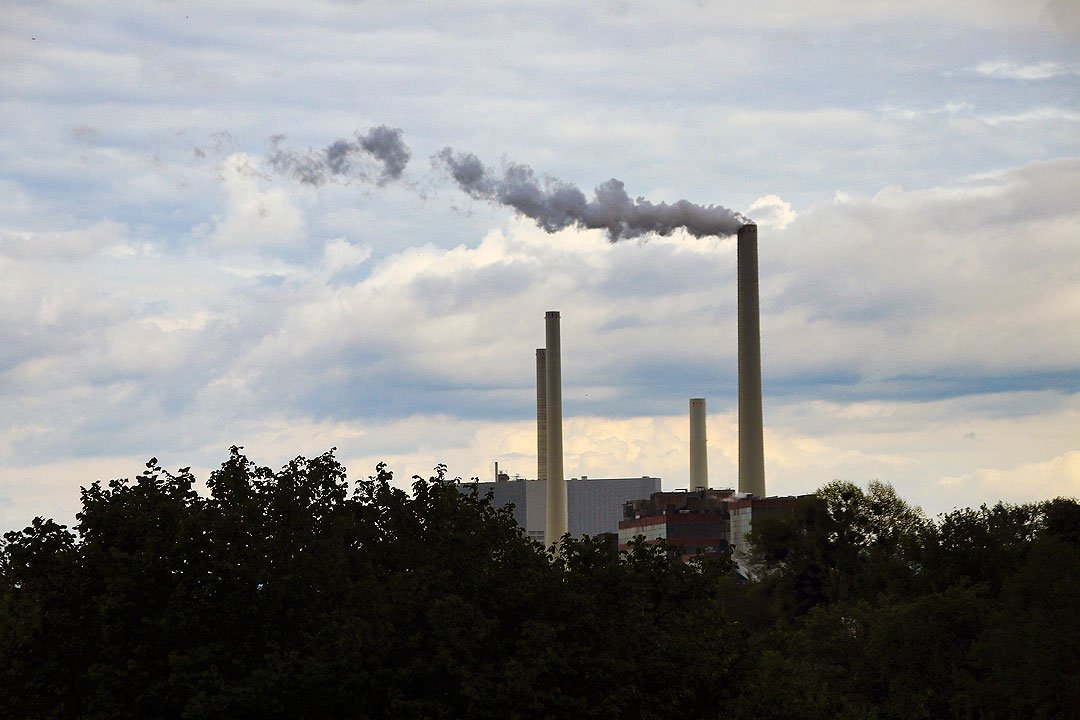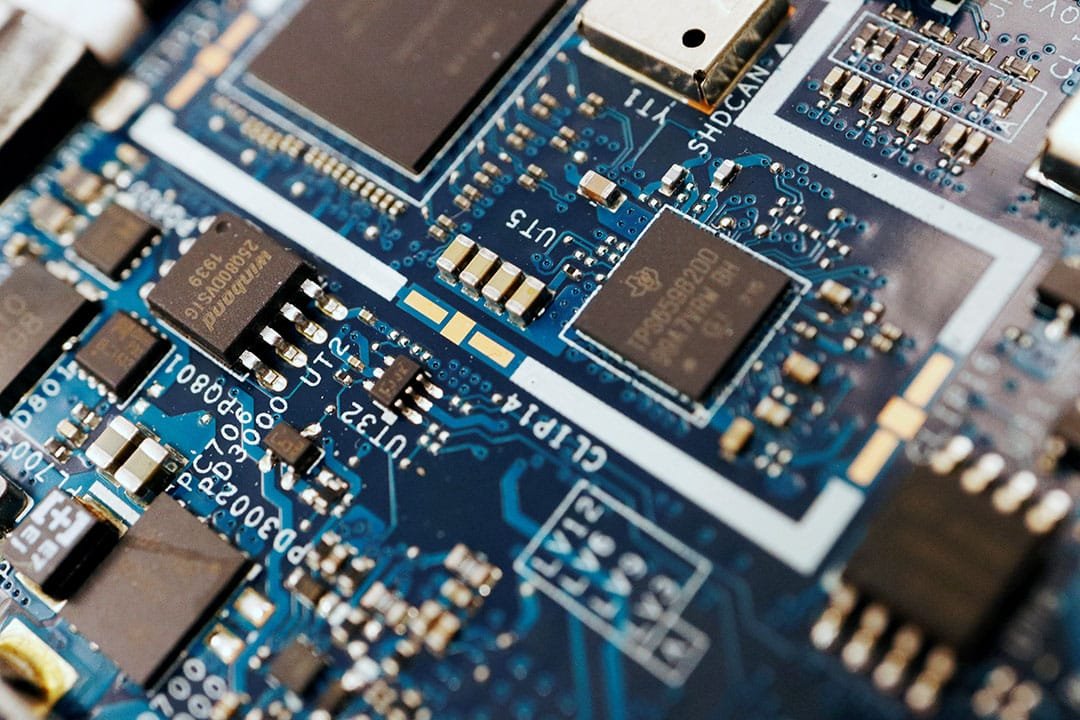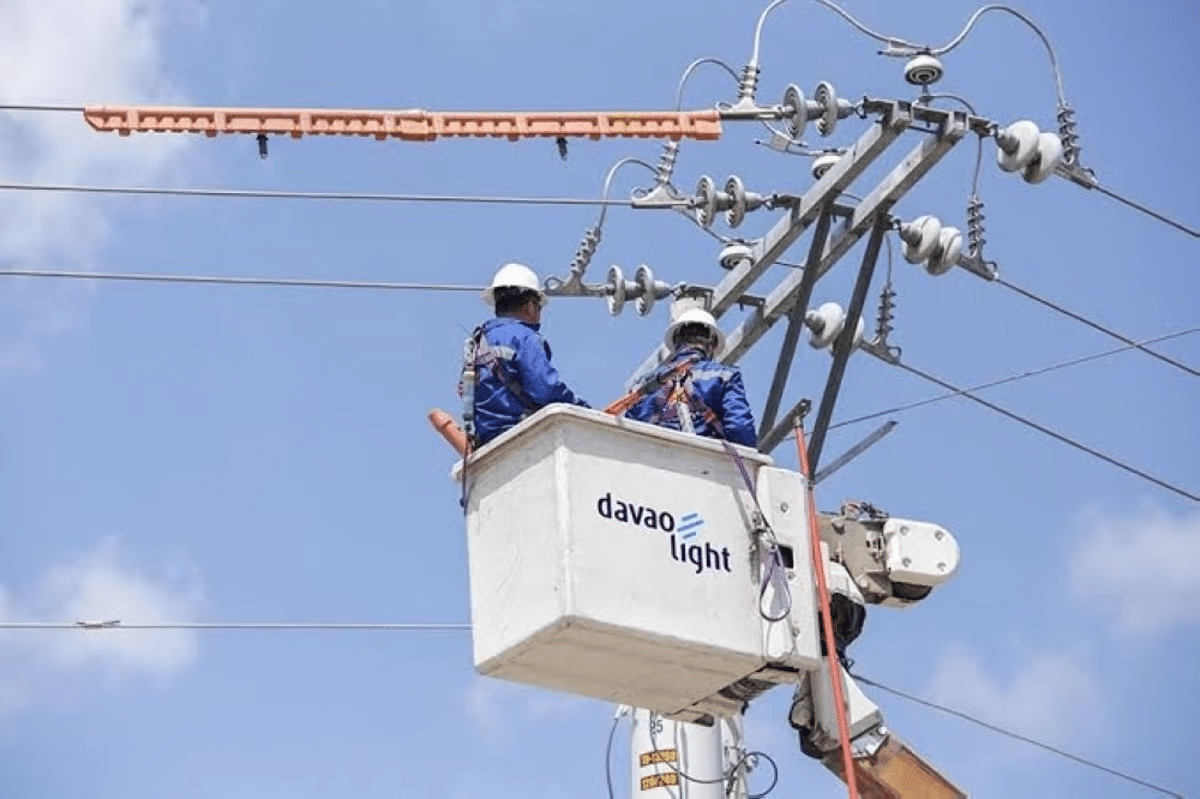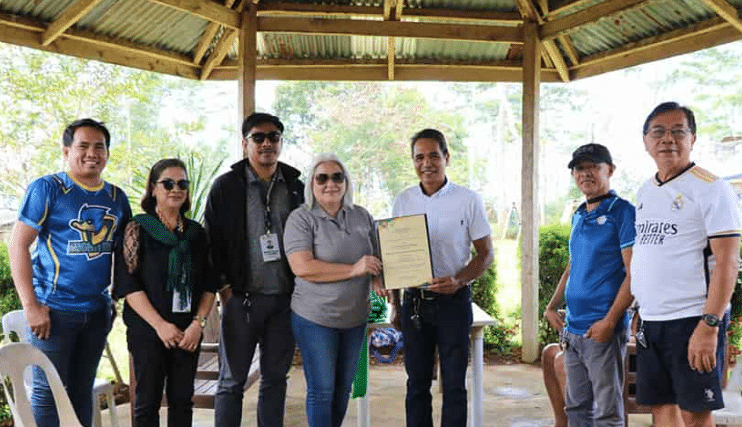
Table of Contents
Senator Christopher “Bong” Go highlighted the urgent need to tackle recurring power outages, calling on the Department of Energy (DOE) to implement both immediate fixes and long-term solutions. Citing his home province of Davao Oriental, he noted that residents have long faced unreliable electricity, frequent blackouts, and inadequate distribution.
“Ang mga negosyo ay nalulugi, ang mga estudyante ay nahihirapan sa kanilang pag-aaral, at ang pang-araw-araw na pamumuhay ng ating mga mamamayan ay labis na naaantala (Businesses are suffering losses, students are struggling with their studies, and the daily lives of our citizens are severely disrupted),” said Go.
He also called for stronger collaboration among the DOE, local government units, and distribution utilities, while specifically raising the rampant cases of outages in Davao Oriental under the Davao Oriental Electric Cooperative (Doreco).
Garin responded by saying the National Electrification Administration (NEA) has designated Davao Oriental as a priority for 2026, promising increased funding for electric cooperatives (ECs) and upgrades to distribution lines, particularly in underserved areas of Mindanao.
(Also read: Accelerating Renewable Energy Goals: Who Truly Benefits?)
Promising growth
According to the Philippine Statistics Authority (PSA), Davao Oriental’s economy expanded by 4% in 2024, resulting in a total output of approximately ₱60.34 billion.
The province’s growth was driven largely by an extraordinary surge in the mining and quarrying sector, which soared by 183.%. Education, along with health and social work activities, also posted robust gains of nearly 10% each, reflecting the province’s strengthening human development sectors alongside its resource-driven growth.
In 2023, Davao Oriental emerged as the fastest-growing economy in the Davao Region, recording an impressive 12.3% expansion. The surge was powered by strong performances across major sectors, particularly in services, agriculture, forestry, and fishing. Davao Oriental is also the largest province in the region.
In 2024, Davao recorded 4.1 million tourist arrivals, generating about ₱34.7 billion in receipts. Davao Oriental has long stood out as one of the region’s premier destinations. From the pristine waters of Dahican Beach and the towering Aliwagwag Falls to the heritage-rich Subangan Museum and the UNESCO-listed Mount Hamiguitan Range, the province brims with natural and cultural treasures. Scenic landmarks such as Cape San Agustin, Sunrise Boulevard, and Pusan Point further elevate its allure.
Despite strong economic growth and a booming tourism sector, Davao Oriental’s energy instability threatens to undermine these gains.
Recovering from the quake
Twin earthquakes measuring magnitude 7.4 and 6.8 struck Davao Oriental in early October.
Authorities reported that over 202,000 families were affected, with 16,800 homes damaged and hundreds displaced. The Municipality of Manay in Davao Oriental declared a state of calamity.
Three power plants went offline due to automatic tripping but were quickly restored. The National Grid Corporation of the Philippines (NGCP) reported a 731.52-megawatt (MW) load drop at the height of the quake, though transmission services across Mindanao remained stable.
The DOE said three ECs—Doreco, Davao del Sur Electric Cooperative (Dasureco), and Northern Davao Electric Cooperative (Nordeco)—experienced partial power interruptions, highlighting the vulnerability of residents to power instability under these ECs’ management.
DOE Secretary Sharon Garin stressed the importance of reliable electricity in conducting rehabilitation. “We will work as fast as we can so that help can reach Davao Oriental and other affected areas seamlessly—because without electricity, national government services cannot function.”
Energy instability: Davao Oriental’s weak link
According to the Philippine Information Agency (PIA), Davao Oriental’s struggle with unstable energy supply has been a long-standing challenge. “For years, residents have endured the burden of high electricity costs and frequent power outages, which have worsened over time due to increasing demand and aging infrastructure,” it stated.
At the heart of the issue is Doreco, which has faced recurring controversies and criticism over the years.
- Frequent outages
In 2024, Senator Go prodded Doreco to improve its services following mounting complaints from residents over persistent power outages. Emphasizing that consumers are willing to pay for reliable electricity, Go urged the EC to repay the public’s trust with “maayos na pagseserbisyo (better service)” and address the recurring disruptions affecting households and businesses across the province.
A 2021 House resolution noted that, aside from the Energy Regulatory Commission’s (ERC) findings of incomplete submissions from Doreco, the EC’s SAIFI already exceeded the allowable maximum that year. By the fourth quarter of 2023, Doreco recorded reliability figures of 21.49 interruptions per consumer per year (SAIFI) and 790.90 minutes per consumer per year (SAIDI).
- Power price hikes
In early October, the Davao Consumer Movement urged the national government to investigate the ₱1 to ₱2 per kilowatt-hour (kWh) surge in electricity rates across the region, warning that consumers are unfairly bearing the cost of inefficiencies in the power sector.
It likewise called on distribution utilities to reassess their energy sources to ensure a more stable and affordable supply. Doreco posted the highest rate at ₱12.74/kWh, followed by Dasureco at ₱11.32/kWh.
Utilities attributed the spike to higher generation costs from the Wholesale Electricity Spot Market (WESM) and the Mindanao grid’s yellow alert status after several NGCP-operated plants went offline.
- Operational inefficiency
In 2019, the Davao Oriental provincial government moved to curb persistent power interruptions by ordering all 183 barangays to form Barangay Power Associations (BAPA). These volunteer groups were left to clear trees and debris from power lines.
“This is in response to Davao Oriental citizens’ complaints about the recurrence of sudden power interruptions, which have caused damage (to) our appliances,” then Board Member Louis Rabat said.
The initiative underscored Doreco’s inability to maintain its own distribution network, prompting then Governor Nelson Dayanghirang and other officials to press the EC to conduct regular clearing operations and improve its reliability.
- Underinvestment concerns
In 2020, Doreco sought financial assistance from NEA to cover its operational expenses. NEA reported that the EC intended to borrow ₱62.222 million for the immediate procurement of equipment and devices “to ensure the continuity and sustainability” of its operations.
According to DORECO Board Resolution No. 110, “The acquisition of the equipment and devices in our continued pursuit to modernize the DORECO’s power distribution system will certainly benefit the member-consumer-owners and will attract more investors in the province of Davao Oriental.”
While such loans are common for infrastructure upgrades, Doreco’s repeated reliance on external financing without visible, rapid improvements has raised questions about its financial efficiency and prioritization.
(Also read: Nordeco’s Samal Submarine Cable: A 6-Year Promise Still Out of Reach)
Do ECs deserve taxpayer support?
Daily Tribune columnist Komfie Manalo argued that ECs have relied on government subsidies for over half a century, creating inefficiency and poor service. Analysts say these handouts unfairly burden taxpayers, who are not customers, while ECs continue to underinvest in infrastructure, leaving many areas prone to frequent outages.
He wrote, “The pressing question then becomes: to what extent are private distribution utility customers financially supporting these ECs, and is it reasonable to expect these cooperatives to operate independently without continuous government assistance?”
Additionally, a study by the University of the Philippines found that the country’s ECs operate with substantial technical inefficiencies. The research estimates that for the same level of electricity output, ECs could reduce their resource use by as much as 18%.
This means that ECs are using more resources than necessary to deliver the same amount of electricity, highlighting inefficiencies that could be improved to lower costs and enhance service reliability.
Furthermore, the study revealed that smaller ECs with annual sales below 100,000 MWh, which make up about 72% of all ECs, had an average efficiency score of 0.79, compared with 0.87 for larger ones. It also showed that cooperatives with longer, more dispersed distribution lines were less efficient than those serving denser areas.
For Daily Guardian columnist Herbert Vego, ECs are a drain on public resources. Funds that could have supported high-impact projects, such as developing the country’s tourism, are instead consumed by inefficient EC operations, making them a burden to both the government and its citizens.
“Thus, I believe that the transformation of inefficient ECs into regulated private corporations should be the battle cry of their own customers,” he concluded.
Building on his frustration over Doreco, Go reminded the DOE to prioritize the welfare of Filipinos above all else. “Pakitutok lang po ito, ‘yan naman po ang inyong mandato. Unahin ang kapakanan ng ating mga kababayan. Interes ng bayan, interes ng bawat Pilipino (Focus on this, as it is your mandate. Prioritize the welfare of our citizens. The nation’s interest is the interest of every Filipino),” he declared.
Sources:
https://tribune.net.ph/2025/10/03/go-urges-doe-to-act-on-recurring-power-outages
https://rsso11.psa.gov.ph/content/davao-orientals-economy-records-40-percent-growth-2024
https://mindanews.com/business/2023/12/davor-has-fastest-growing-economy-in-davao-region
https://www.pna.gov.ph/articles/1245608
https://www.sunstar.com.ph/davao/feature/revisiting-davao-oriental
https://www.pna.gov.ph/articles/1260790
https://www.sunstar.com.ph/amp/story/davao/sen-go-advises-doreco-to-shape-up
https://docs.congress.hrep.online/legisdocs/basic_19/HR01168.pdf
https://www.pna.gov.ph/articles/1077782
https://businessmirror.com.ph/2020/07/20/davao-electric-coop-seeks-help-of-nea
https://tribune.net.ph/2023/12/23/electricity-subsidies-to-electric-coops-a-never-ending-burden
https://pmr.upd.edu.ph/index.php/pmr/article/download/302/301

